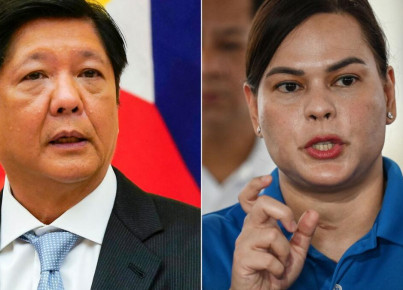Manila recorded the fastest GDP growth in decades in 2022. And the trend could continue in 2023
Article by Geraldine Ramilo
Having just recorded the fastest growth in 40 years (+7.6%), Philippine President Ferdinand Marcos Jr. believes the country's economy will record the fastest growth in Asia in 2023, with estimates of around 7%. This expansion is due, as the President himself says, to solid fundamentals present throughout the country. In fact, the Philippine economy has been stable all of last year, with continued GDP expansion heading into the final months of 2022, and unemployment steadily declining. The economy grew at a fast and unexpected pace last year, with the main source of growth on the demand side being household consumption spending. Nothing makes Manila's statistical authorities rule out that this trend will continue in 2023. The rapid growth seen in recent months is even more remarkable when placed in the weak global environment of uncertainty that most countries face. But despite these positive forecasts, the Philippines' growth has not been without obstacles. For example, in his first six months at the helm of the country, Marcos faced numerous economic challenges, including tight public finances and rising borrowing. In addition, soaring commodity prices have driven inflation to its highest in 14 years. Adding to the economic challenges are challenges in the political and diplomatic arenas. Indeed, like so many others in Southeast Asia, Marcos has been trying to balance the country's interests between the United States and China by cooperating with the latter economically, starting with the agriculture and infrastructure sectors. He also met with Chinese President Xi Jinping earlier this month, agreeing to continue talks on South China Sea energy exploration. Despite some issues, including food inflation to which Marcos plans to respond with increased imports, however, Manila looks set to significantly accelerate its growth.






